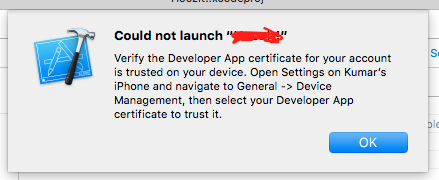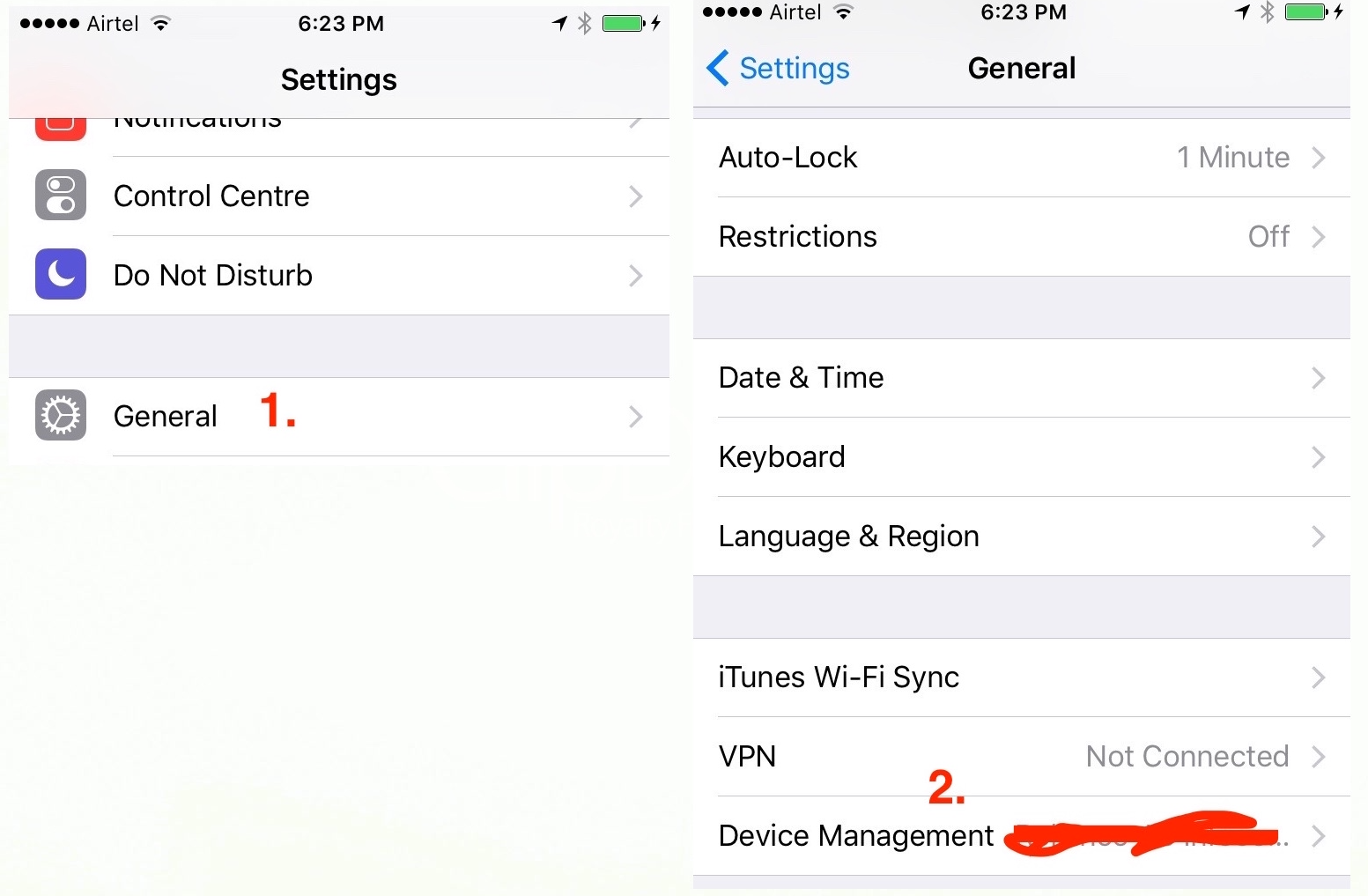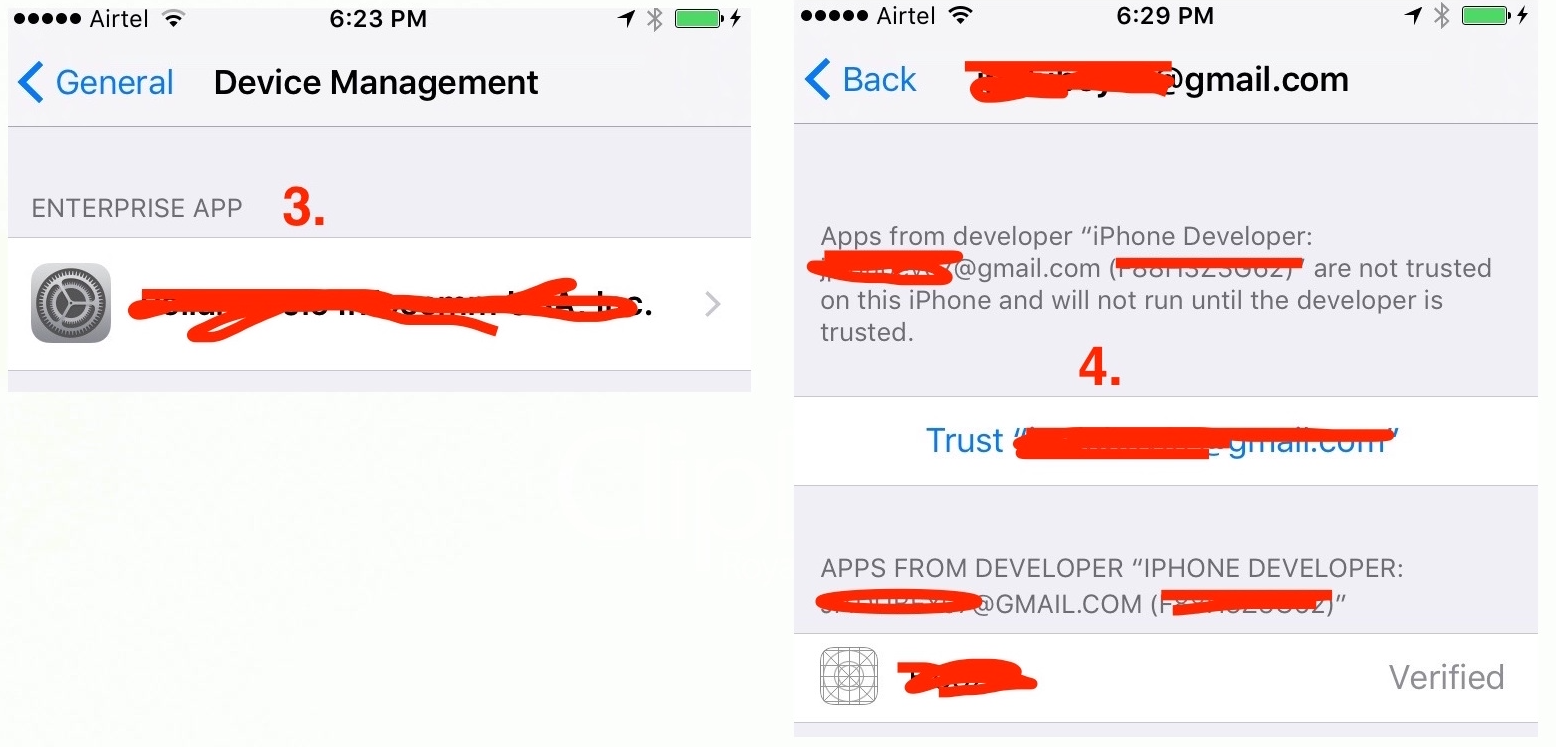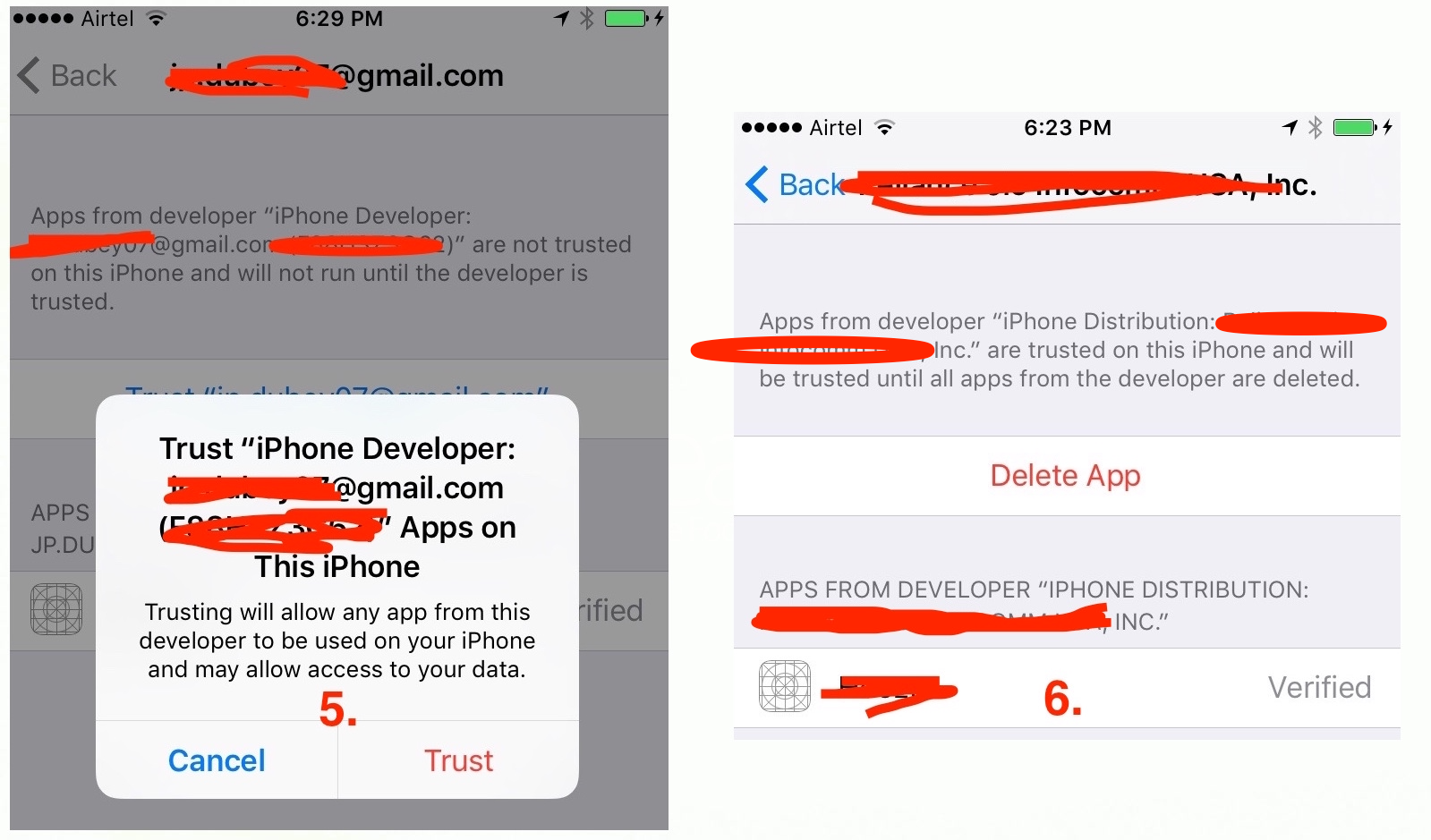You cannot avoid this unless you distribute an application via the App Store.
You get this message because the application is signed via an enterprise certificate that has not yet been trusted by the user. Apple force this prompt to appear because the application that is being installed hasn't gone through the App Store review process so is technically untrusted.
Once the user has accepted the prompt, the certificate will be marked as trusted and the application can be installed (along with any other future applications that you wish to install that have been signed with the same certificate)
Note: As pointed out in the comments, as of iOS 8, uninstalling all applications from a specific certificate will cause the prompt to be shown again once an application from said certificate is re-installed.
Here is the link to Apple website that confirms this info:
https://support.apple.com/en-us/HT204460





